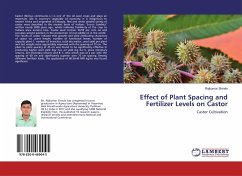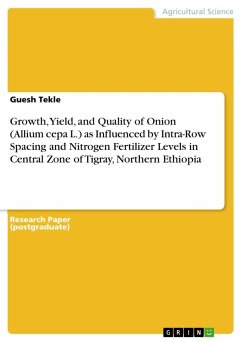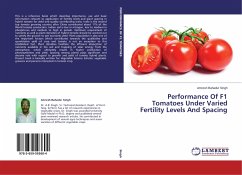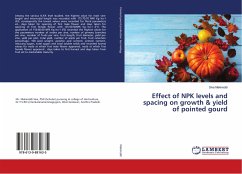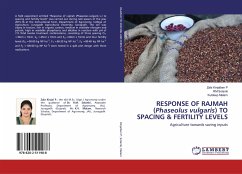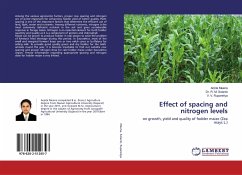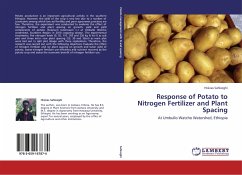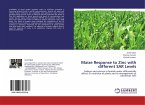Castor (Ricinus commuunis L.) is one of the oil seed crops and plays an important role in country¿s vegetable oil economy. It is indigenous to eastern Africa and originated in Ethiopia. Red and white seeded variety of castor were described in the ancient book of Indians ¿Susrut Samhitä written nearly 2000 years ago, which indicates familiarity of the crop to Indians since ancient time. Castor seed contain 50-55 per cent oil and occupies second position in the production of non-edible oil in the world. The results of castor indicate that growth and yield attributing characters of castor viz. plant height, number of functional leaves, number of capsules plant-1, number of branches, total dry matter, seed yield per plant and test weight were appreciably improved with the spacing of 75 cm. The plant to plant spacing of 45 cm was found to be significantly effective in producing higher seed yield (kg/ ha), oil yield (kg ha-1), gross monetary returns, net monetary returns and B: C ratio which was at a par with the spacing of 60 cm and significantly superior over 75 cm spacing. Among different fertilizer levels, the application of 80:50:40 NPK kg/ha was found significant.
Hinweis: Dieser Artikel kann nur an eine deutsche Lieferadresse ausgeliefert werden.
Hinweis: Dieser Artikel kann nur an eine deutsche Lieferadresse ausgeliefert werden.

